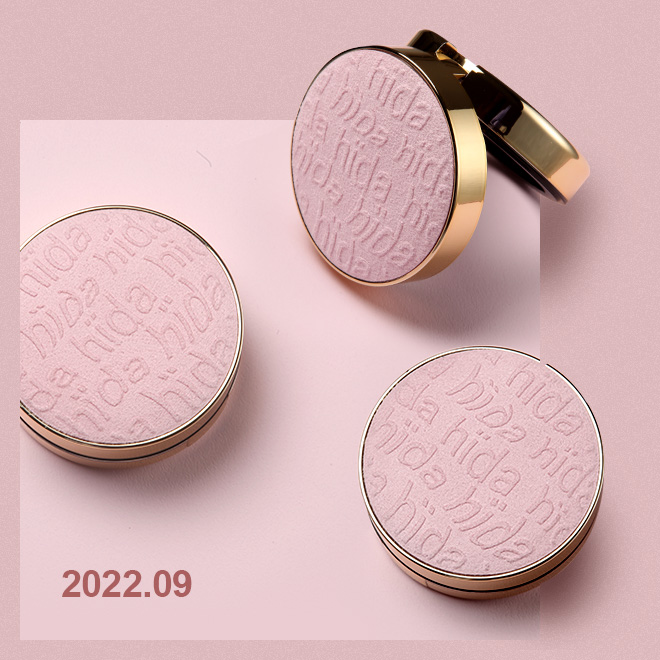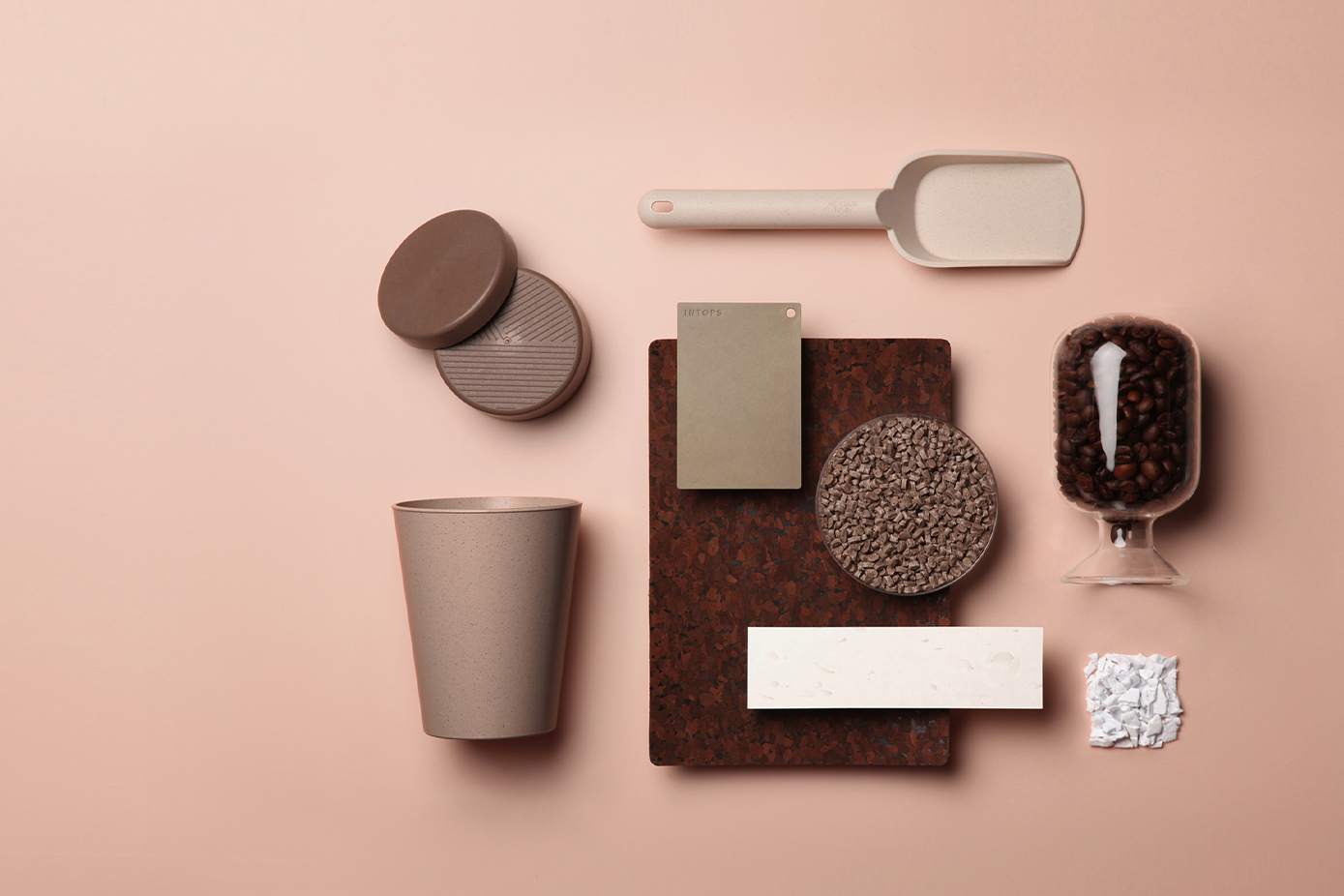-

Are you a coffee lover? Coffee is a beverage that many people enjoy. On a gloomy morning, it serves to wake up your body, and on a drowsy afternoon, it helps to relax your mind. There are circumstances when it serves as a medium for creating a pleasant environment for people. In these situations, it seems obvious that we're close to coffee, but we're not able to think about the grounds that remain after the extraction of the coffee. We can expect coffee grounds to be reborn as a useful resource in the future instead of being discarded as household waste in Korea, as coffee grounds have already been identified as a circulating resource since March, and we can expect them to become a valuable resource. Read hïda's October newsletter for amazing insights and creative ideas on how to use grounds that are hidden by aromatic coffee.
Starbucks challenges 100% recycle rate for coffee grounds

Starbucks Korea has announced its intention to recycle 100 percent of coffee grounds by 2027. Due to the fact that coffee grounds are recognized as circulating resources, Starbucks plans to expand the scope of the use of coffee grounds in future. Starbucks used coffee grounds as an ingredient in the manufacture of tables, lighting fixtures, and interior finishes for its Gwanghwamun D Tower store opening in 2015, as well as plant culture soil and flower pots for customers participating in eco-friendly campaigns. This year, Starbucks will introduce several MD products that are recycled, and will conduct an eco-friendly campaign via various collaborations while increasing the upcycling ratio, such as biofuels and building materials. It is our pleasure to support Starbucks' move, which is a true expression of its love for the environment and coffee.
Coffee Base, notebooks that are made from coffee?

Coffee Base is a Dutch recycling company that produces a range of biodegradable products that include notebooks, pots, coffee machines and cups made of coffee grounds. A5-sized notebooks made by Coffee Base typically require two cups of coffee, and A6-sized notebooks require one cup of coffee, Coffee grounds contain nutrients such as potassium and magnesium, thus providing an ideal environment for plants to grow. Additionally, a number of product development studies are constantly being conducted regarding furniture, wall panels, lighting, and trays.
Jordan, a toothpaste squeezer
made from coffee grounds and cornstarch
A Norwegian oral care company, Jordan, has introduced a toothpaste squeezer made from coffee grounds and cornstarch. It is eco-friendly and 100% biodegradable, so used products can be returned to the environment. With its soft color, light weight, and cute toothbrush design, this toothpaste squeezer is ideal for use anywhere and anytime, furthermore it was created with the intention of protecting the environment and drinking a tasty cup of coffee at the same time. It cannot be missed!
4EN, converts coffee grounds into biofuels

The 4EN social enterprise collects and recycles coffee grounds, producing low-carbon fertilizers, solid fuels (charcoal), and bioplastics from the by-products of coffee. Compared to conventional charcoal, charcoal produced from coffee grounds and peanut shells has a similar price, but it provides the advantage of significantly reducing harmful gases through improved combustion. Hyundai Motor and GS Caltex have been partnering for research and development on bioplastics since 2019, which are making their way into car dashboards (front part of the front seat) and door trims (subsidiary materials found inside doors). With the use of coffee grounds, we hope that many new materials will be developed to protect human health and the environment in the future.
hïda, a material derived from
coffee grounds and recycled plastic
You did not realize that there were so many uses for coffee grounds that were almost thrown away, did you? A CMF has also been prepared for the future development of hïda. CMF is a material made from coffee grounds and recycled plastic, Using extrusion processes, coffee grounds containing 4-50% and recycled plastic are reborn as eco-friendly composite materials. Wouldn't it be nice if we could incorporate coffee's unique color, texture, and pattern into the design of our CMFs? On the hïda website, you can find information regarding this material.

 Save
Save

